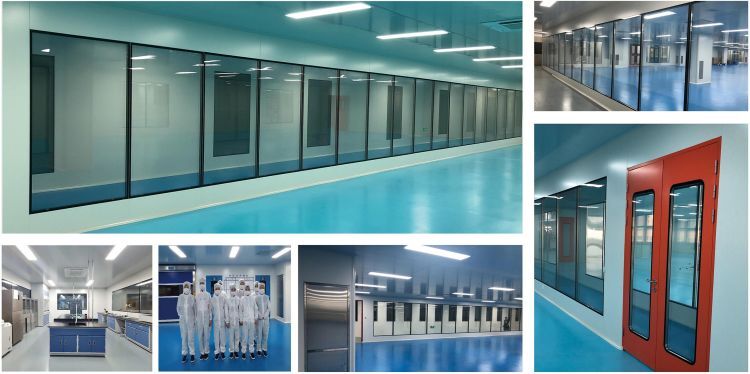Cleanroom Differential Pressure Testing
- 2024-01-03
- View 18
dust-free Cleanroom to be operated on a variety of objects, such as electronic products, drugs, health products, microorganisms, viruses, etc. In the process of operation, some objects (such as viruses) will produce harmful or even biologically dangerous aerosols.

Therefore, whether the production of products in a dust-free workshop or virus research, it is necessary to protect the products from external contamination as well as to keep the pollution generated during operation. In addition to the use of well sealed dust-free workshop barrier protection, also need to use the role of pressure difference, so that the flow in accordance with the specified direction.
For example, the static pressure of the positive pressure dust-free workshop is greater than that of the adjacent room or the environment. By using this differential pressure, the air in the dust-free workshop can only flow outward, which prevents the pollution of the adjacent room or outdoor environment to the dust-free workshop.
Negative pressure dust-free workshop is just the opposite, in the dust-free workshop to do some biologically dangerous operations, or in the operation process will produce a strong sensitization of drug dust, etc., it is necessary to use this pressure difference, so that the pollutant control in a specific range. Therefore, through the pressure difference and the dust-free workshop of the sealing envelope structure of the joint action, the formation of a barrier protection system, to achieve the purpose of pollution control.
The essence of differential pressure is the balance between fresh air volume and exhaust air volume + differential pressure air volume
Dc system: fresh air volume = exhaust air volume + differential air volume
Circulating system: fresh air volume + return air volume = return air volume + exhaust air volume + differential air volume
The essence is: fresh air volume = exhaust air volume + pressure differential air volume
Therefore, the adjustment of pressure difference in clean room should reflect the balance between fresh air volume and exhaust air volume + differential air volume.
(1) for the dc system, a certain amount of air is sent in, and the exhaust air is adjusted to the establishment of pressure difference.
(2) for the circulation system, a certain amount of air can be fed into it. Generally, the exhaust air volume can be adjusted as required, and then the return air volume can be adjusted to establish the pressure difference.
(3) when there is no exhaust air in some clean rooms, adjust the air volume to the establishment of pressure difference. The air volume into the clean room is required to be constant and therefore cannot be used as a control variable.
